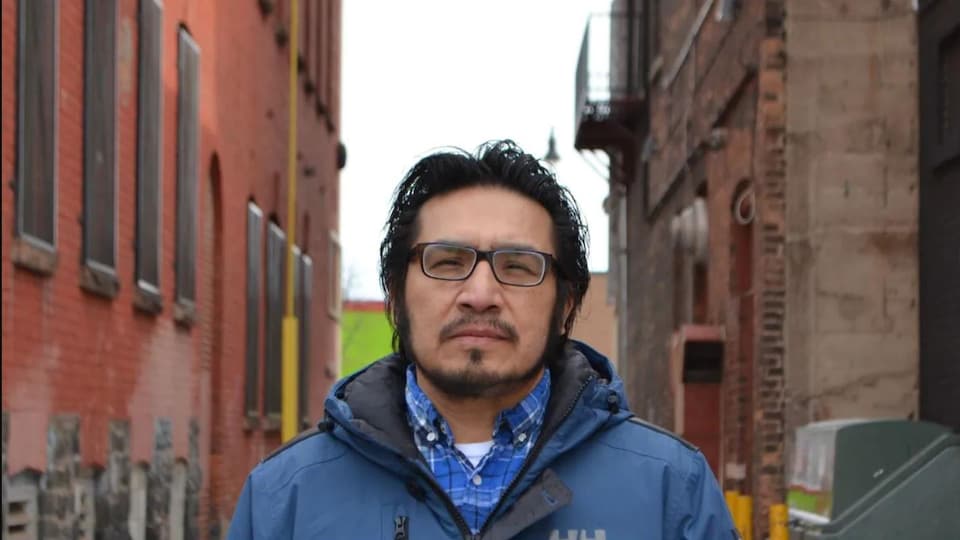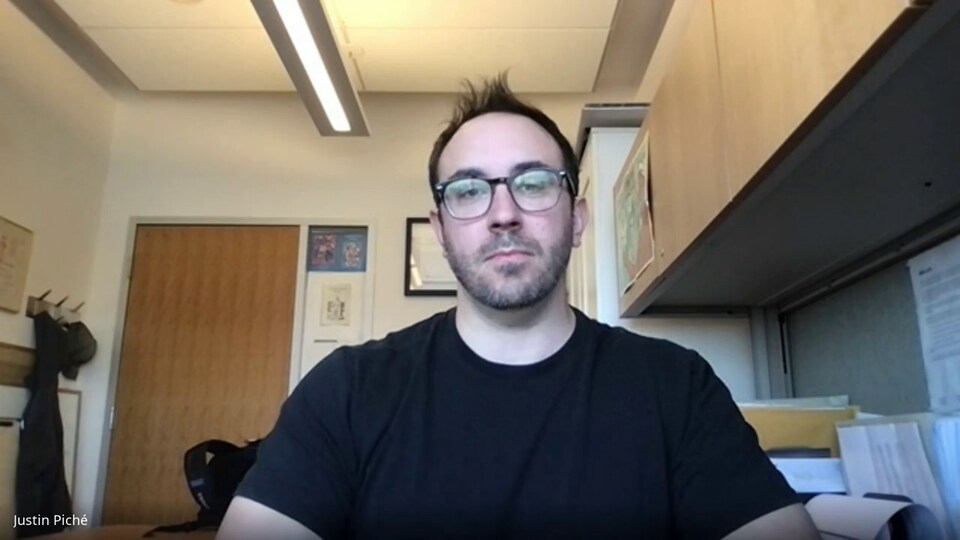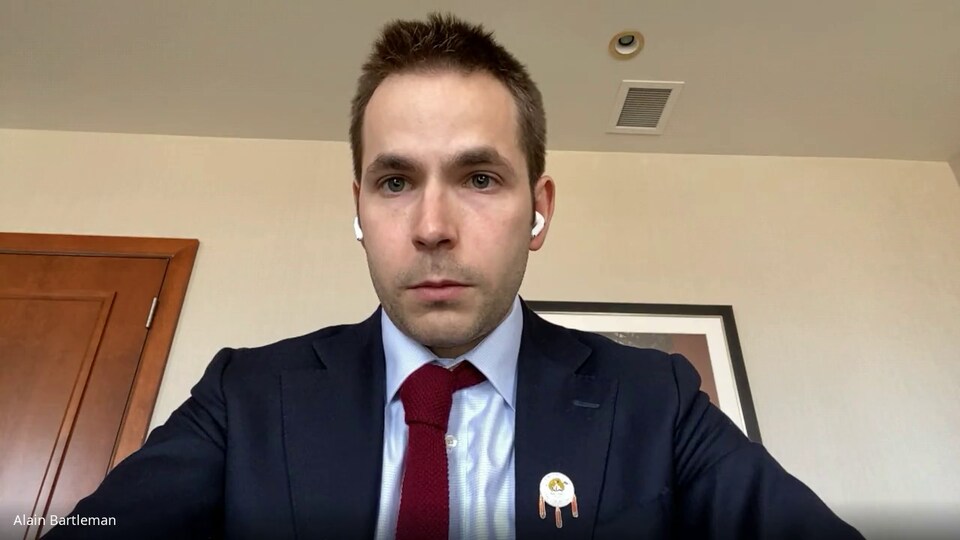There have been many reactions to the green light granted by the Ford government to the construction of a new $ 1.2 billion correctional complex in Thunder Bay. The facility, which will replace the current correctional center and local jail in the fall of 2026, will contain 345 beds.
Monday’s announcement will come as the Ontario election is about to begin and Conservatives are bolstering pre -election promises.
Initially, this project was promised by Kathleen Wynne’s Liberal government.
The original prison opened in 1928 and in 2020 an Ontario Ombudsman report cited poor prison conditions and structure.
Following the death of an inmate in June 2020, several politicians, including NDP MP Sol Mamakwa and former Nishnawbe Aski Nation Grand Chief Alvin Fiddler, called for the facility to be closed.
The representative of the prison employees was pleased with the news.
Ontario Public Service Employees Union Local 737 President Bill Hayes also realizes the importance of this investment in the region.
With overcrowded correctional facilities, this new complex is indispensable.
He is of the opinion that the cost may seem overwhelming, but the region, the province needs such complexity in the Northwesthe explains.
Mr. Hayes pointed out that the new facilities would avoid some problems and would not depending on the other jail.
We continue to need to move prisoners across the province. If we don’t stay up to date on the moves of the week, we will find ourselves overwhelmed.
The funds must go in a different place
Justin Piché, associate professor in the criminology department at the University of Ottawa, thinks this money is not being well spent.
It was a bad decision, period. Criminological research shows that prevention is better than cure. Then, for every dollar we spend on upstream victimization prevention we save five to seven dollars in costs for police, court and incarceration.
Mr. Piché believes the money must be put elsewhere at the solution is not to build new cages.
He argues that there should be more focus on funding social projects.
” Here in Ontario, nearly one in four inmates is homeless. A large portion of these people are known to live with mental health issues, addiction, or both. “
He prefers the province to invest in providing support services for inmates, such as social housing, harm reduction services and drug treatment, but we must first deconfine correctional centers and prisons.
Without such a proposal, no programs are offered.
According to Mr. Piché, in the context of Thunder Bay, there seems to be no answer to the treatment of Aboriginals.
It is frustrating that we are investing so much money in a new prison when we know it is essentially an extension of injustices that will continue or that will allow for widespread incarceration.
Former criminal lawyer, Chippewas member of Rama First Nation and special adviser for the Canadian Civil Liberties Association, Alain Bartleman agrees. He insisted it was a necessary but not sufficient investment.
According to Mr. Bartleman, this is necessary reduce conditions that lead people to end up in prison.
This means reducing dependency and above all developing a more effective way of dealing with the police, He added.
In addition to funding for the construction of the new Thunder Bay Correctional Center, the province will provide $ 96 million for expansion projects at the current correctional center and at Kenora Jail.
Another $ 5 million will go to the Northern Posting Incentive Pilot Program, which aims to attract and retain correctional staff.
Source: Radio-Canada


